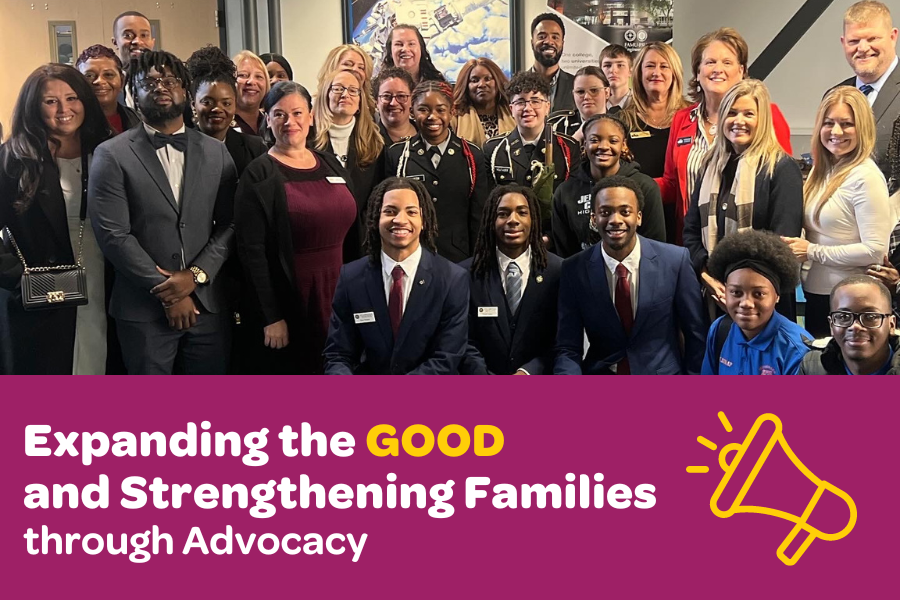As we continue to embed equity, diversity and inclusion into our culture, it is important to note all the ways that diversity shows up regularly. Recently, we had a robust conversation about the significance of representation in film and media.
One of the easiest ways to expose our children to diversity is through film and media. Many times, the shows and movies we enjoyed as children have a profound impact on how we see ourselves and the world. Research shows a connection between kids’ healthy self-esteem and positive portrayals in media. In addition to high self-regard, watching diverse films provides subtle unconscious cues that assist in broadening our lens of the world. Like Bianca shares below, it creates a bigger perspective.
“Representation is so important, especially when done accurately. It brings about different perspectives and a wider view of cultures and experiences in and around our world.” — Bianca James
Think back to your favorite childhood character – it could be a super hero, a princess or even an actor from a show. After all these years, that memory still brings comfort and you may see yourself in them or admire them for having a desired character trait. In our meeting we discussed the diversity found in various films like “What’s Eating Gilbert Grape?,” “COCO,” “Black Panther,” and “Wonder Woman” and how these positive portrayals of diversity in film increases self-esteem. We then discussed different films with diverse writers and creators like Jordan Peele, Ryan O’Connell, and Quinta Brunson. Individuals like these have opened the door for our children who previously may not have considered the possibility of doing certain careers because they thought it wasn’t an option. While we recognize the strides film and media has made in diversity, we remain aware that there is still work to be done. According to the 2021 Hollywood Diversity Report, “minorities and women are still underrepresented as film writers and directors and typically helmed lower-budget films.”
“Women made up just 26% of film writers and just 20.5% of directors. Combined, minority groups were slightly better represented as directors at 25.4%. Just 25.9% of film writers in 2020 were minorities.
The most underrepresented groups in all job categories, relative to their presence in the U.S., are Latino, Asian and Native actors, directors and writers.”
Wolf, J . (2021, April 22) 2021 Hollywood diversity report. UCLA.
Social Media
We also drew attention to the critical shift in times with the creation and rapid growth of social media. Social media has significantly captured the attention of our children more so now than television. Social media has advanced to include not only a feature to watch like TV, but now for our children to engage and interact with friends, family and strangers. As social media grows, we must take the responsibility to be that much more active in our children’s cyber lives to ensure that they are learning from the right sources and are observing positive influences during each stage of their development. Social media, just like in film, impacts how we see ourselves and the world we live in.
When using social media be sure to:
- Check your sources
- Limit screen time (take breaks)
- Follow topics and people that bring you joy!
What was learned?
Your diverse voice matters because many times, we experience the same things with different points of view. When that view is shared, it allows others to learn and understand more about each other. Take a a look at what some of our CHS team members shared in the discussion.
“What I remember most is the need for patience and understanding and to help communicate and learn. We are all growing so much from these conversations and have spoken to how beneficial they are.” – Michelle Costley
“In some class or previous discussion, a facilitator reminded us that we are not a “melting pot” but a “beef stew”. We don’t melt down and all become the same thing, but we mix flavors and blend cultures and are allowed to maintain our identity.” – Alexius Ferguson










